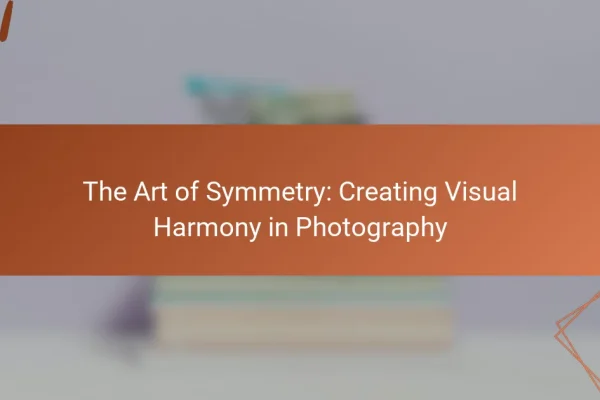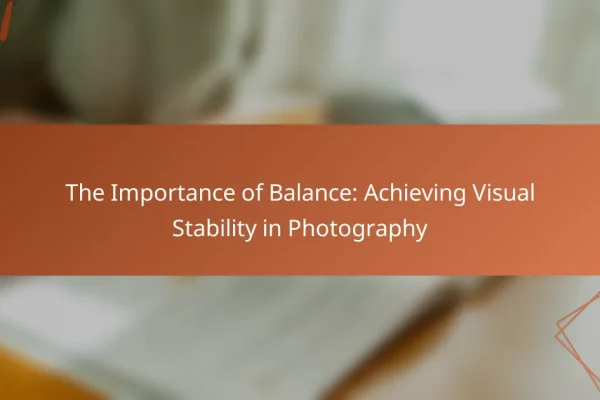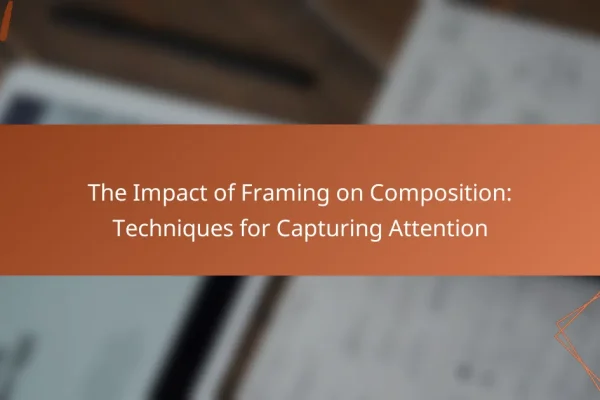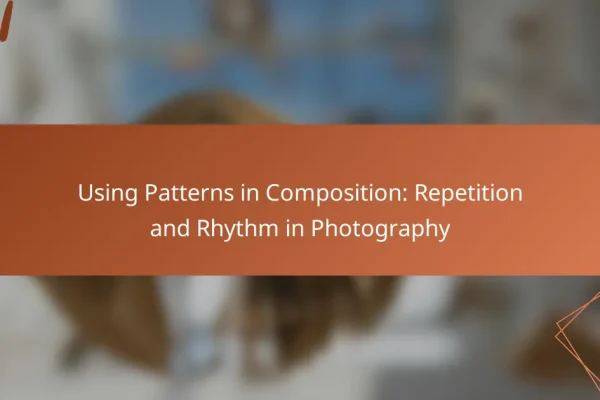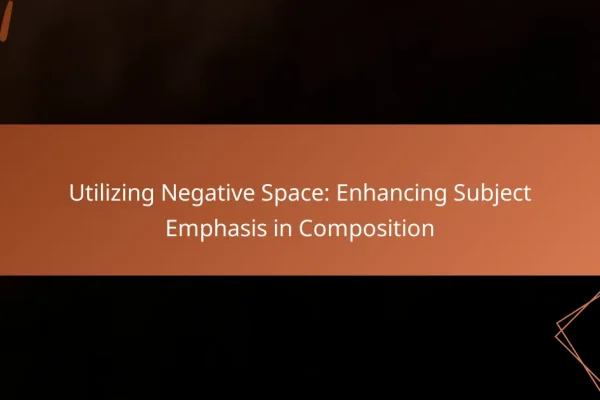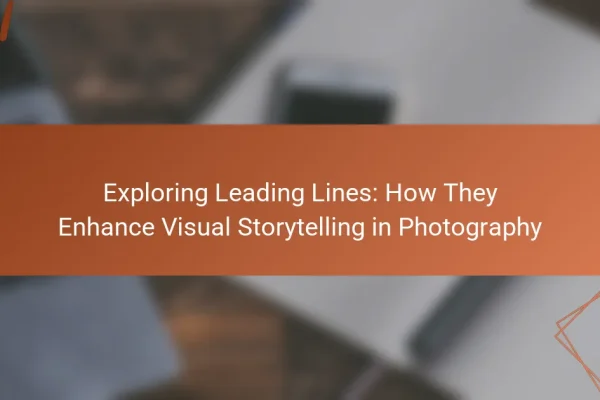
Exploring Leading Lines: How They Enhance Visual Storytelling in Photography
Leading lines are compositional elements in photography that direct the viewer’s eye towards a focal point, enhancing visual storytelling. These lines can be natural, such as roads and rivers, or man-made features like fences and buildings. By creating depth and perspective, leading lines engage viewers and draw attention to key subjects, often evoking emotional responses….
